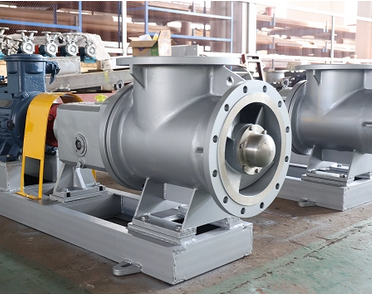Consequences of hydraulic imbalance in circulating pumps
Hydraulic imbalance of circulating pumps can lead to a series of adverse consequences, which are mainly reflected in system efficiency, stability, energy consumption and equipment safety. The following is a specific analysis:
1. Decreased system efficiency
Uneven flow distribution: Hydraulic imbalance can lead to unreasonable flow distribution of each branch in the system, with some branches having too much flow and some branches having too little flow, thus affecting the heating (or cooling) efficiency of the entire system.
Energy waste: Due to uneven flow distribution, some areas may get too much energy while others may not get enough energy, which not only leads to energy waste, but also may cause uneven indoor temperature distribution and affect user comfort.
2. Reduced system stability
Pressure fluctuation: Hydraulic imbalance may also cause fluctuations in system pressure, which can interfere with the normal operation of the system and may even damage the equipment in the system.
Noise and vibration: When multiple circulating pumps are running, if the flow and lift of the pump do not match, it will lead to hydraulic imbalance, which will in turn generate noise and vibration, affecting the normal use of users.
3. Increased energy consumption
Over-operation: In order to make up for the deficiencies caused by hydraulic imbalance, some circulating pumps may need to be over-operated to increase flow or head, which will lead to increased energy consumption.
Low energy utilization efficiency: Due to uneven energy distribution and waste, the energy utilization efficiency of the entire system will be reduced, increasing operating costs.

4. Equipment damage and safety risks
Motor overload: Long-term operation of the circulating pump in a hydraulic imbalance state may cause motor overload, which in turn aggravates motor wear and premature burnout.
Vibration and wear: Hydraulic imbalance may also cause vibration of the pump body and other equipment, thereby accelerating equipment wear and aging.
Safety hazards: Equipment damage and failure will not only affect the normal operation of the system, but may also bring safety hazards such as fire, leakage, etc.
The impact of hydraulic imbalance of the circulating pump on the system is multifaceted. Therefore, when designing and operating the circulating pump system, the hydraulic balance problem must be fully considered, and effective measures must be taken to prevent and solve the hydraulic imbalance problem.




